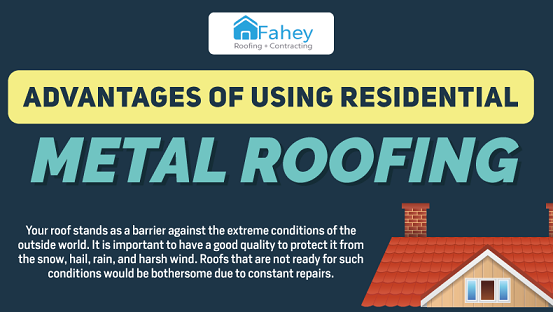Exactly How To Spot Roof Damage Before It Comes To Be A Major Trouble
Exactly How To Spot Roof Damage Before It Comes To Be A Major Trouble
Blog Article
Article By-McKay Clancy
To shield your home from prospective pricey fixings, recognizing roof damages very early is vital. By keeping an eye out for refined indicators like missing out on roof shingles or water discolorations, you can capture concerns before they worsen. But what regarding flooring companies in san antonio texas neglected areas that could mean concealed issues prowling over you? Remain tuned to uncover key pointers for identifying roof covering damages before it escalates right into a significant frustration.
Very Early Indication
Detecting roofing damages early can save you time and money. One crucial early indication to keep an eye out for is missing out on or damaged roof shingles. If you notice any tiles that are fractured, crinkling, or completely missing out on, it's important to deal with the issue immediately. These damaged shingles can leave your roofing at risk to leakages and more damages.
Another sign to search for is water discolorations on your ceiling or walls. Read More Here can suggest a leakage in your roof that needs instant focus. Disregarding these water stains can lead to extra extensive and pricey fixings down the line.
Additionally, watch for any type of indications of drooping or drooping areas on your roofing system, as this could show structural damages that requires to be fixed without delay.
Exterior Assessment Tips
Regularly checking the outside of your roof covering is essential for keeping its honesty and recognizing possible damage early. Start by examining the shingles-- search for any kind of missing out on, broken, or crinkling shingles, as these can be signs of roofing damage.
Inspect the gutters for granules from the tiles, as too much granule loss might symbolize aging or weathering. Take notice of the flashing around vents, chimneys, and skylights, guaranteeing they're tightly sealed and free of fractures.
Try to find indicators of moss, algae, or mold growth, as these can lead to roof covering wear and tear otherwise resolved quickly. In addition, evaluate the fascia and soffits for any type of water spots or rot, which might signal water damages.
Lastly, analyze the overall problem of your roof from the ground, trying to find any kind of drooping areas or visible dips. By carrying out these outside assessments regularly, you can catch roof covering damages early and stop it from becoming a significant issue.
Inside Red Flags
When inspecting your roofing for possible damages, do not forget the value of examining the inside of your home. Inside red flags can usually be early signs of roofing problems that need attention.
Beginning by analyzing your ceilings for any water spots or discoloration, as these can signal a leak in the roofing. simply click the up coming post to inspect is the attic room, where indicators of water damage, mold, or mold may suggest a roof covering problem.
Pay very close attention to any musty smells or an obvious increase in moisture levels, as these can also be signs of water breach from a damaged roofing system. In addition, drooping locations in the ceiling or walls need to be taken seriously, as they could be an outcome of water damage compromising the framework.
If you notice any of these interior red flags, it's critical to have a specialist roofer assess the circumstance promptly to prevent more damage and expensive fixings.
Conclusion
By staying cautious and on a regular basis checking for very early indication of roof covering damage, you can prevent small issues from becoming major troubles. Watch out for missing out on or damaged shingles, water discolorations on ceilings or walls, and any type of drooping or sagging locations on the roofing system. By addressing these concerns immediately, you can conserve yourself from costly repair services and guarantee your roof continues to be in good condition for several years to come. Keep positive and secure your home from possible damage.
